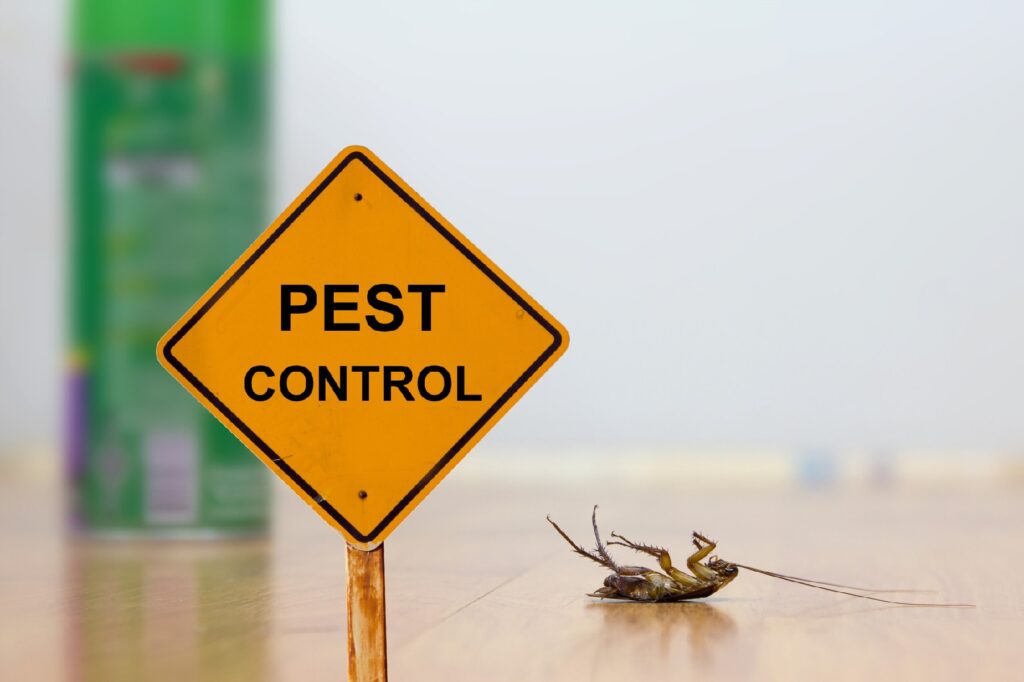A1 Pest Control Charlotte NC Bed Bugs - Specialist Elimination Services
A1 Pest Control Charlotte NC Bed Bugs - Specialist Elimination Services
Blog Article
Bed Bug Treatment Malfunction: Comparing Chemical Vs. Non-Chemical Solutions
In the realm of bug control, particularly when managing the relentless concern of bed bugs, the selection between chemical and non-chemical therapy remedies can be a pivotal one. Both approaches offer distinct advantages and disadvantages, influencing variables such as performance, safety and security factors to consider, and general expense. By checking out the nuanced information of each technique, a more clear understanding of which course to seek in resolving a bed insect invasion can be achieved.
Efficiency of Chemical Treatments
Chemical treatments for bed bug invasions have actually been widely identified for their powerful and rapid efficiency in eradicating these pests. When considering the efficiency of chemical therapies, it is important to recognize that they can provide a quick and complete option to a bed insect problem. Expert pest control men often count on insecticides to target bed insects at different phases of their life process, consisting of nymphs, adults, and eggs. These chemicals usually work by disrupting the bed insects' nerves, causing paralysis and eventual fatality.
Furthermore, chemical therapies have the benefit of offering recurring impacts, indicating that they can continue to eliminate bed insects also after the first application. This residual activity is specifically valuable in combating any type of potential re-infestations. In addition, the fast activity of chemical therapies can bring relief to individuals facing serious bed bug invasions, enabling them to gain back control of their living areas promptly.
Safety And Security Issues With Chemical Solutions
One vital facet that needs careful consideration when utilizing chemical solutions for bed pest therapy is making sure the safety and security of residents and the environment. Direct exposure to particular chemicals made use of in bed pest therapies can lead to breathing concerns, skin irritability, or other negative responses, specifically in individuals with pre-existing problems or sensitivities.
Furthermore, the ecological effect of chemical remedies is another significant consideration. Some pesticides utilized in bed insect treatments might be harmful to beneficial pests, wildlife, and ecological communities if they leach right into the dirt or water systems. It is important to use chemical therapies judiciously, adhering to security standards, and taking into consideration less poisonous alternatives to reduce these risks and ensure the reliable and secure administration of bed bug problems.
Benefits of Non-Chemical Approaches
Thinking about the potential safety and security concerns and ecological impact associated with chemical remedies for bed insect therapy, exploring non-chemical strategies provides an encouraging option with several distinctive benefits. Non-chemical treatments are eco pleasant, as they do not add to air or water air pollution, informative post making them a sustainable option for pest control.
Furthermore, non-chemical options can be reliable in targeting bed bugs, consisting of hard-to-reach areas where chemical treatments might not pass through - A1 exterminators charlotte nc. Approaches such as warmth therapy, vacuuming, heavy steam cleaning, and mattress encasements supply comprehensive obliteration without the usage of hazardous chemicals.
Limitations of Non-Chemical Treatments

Additionally, non-chemical therapies frequently require numerous applications to accomplish successful removal. This can be time-consuming and might not always assure total elimination of all bed bugs and their eggs, particularly in hard-to-reach or hidden areas.
Moreover, the success of non-chemical therapies heavily counts on correct execution and thoroughness, which can be challenging for people without specialist competence. Insufficient application of non-chemical techniques might lead to incomplete elimination, bring about relentless invasions and the demand for added therapies.
For that reason, while non-chemical treatments have their benefits, it is vital to recognize these restrictions and consider them when click here now determining the most effective strategy for handling bed bug invasions.
Price Comparison: Chemical Vs. Non-Chemical Options
Given the restrictions connected with non-chemical treatments, a vital facet to assess in the context of bed insect management is the price contrast in between chemical and non-chemical options. Chemical treatments normally entail the application of insecticides by professionals, which can vary from $250 to $900 per room, depending upon the extent of the invasion and the dimension of the area to be dealt with. In contrast, non-chemical therapies like heat treatment or heavy steam can be much more pricey, with expenses ranging from $1,000 to $6,000 for an entire home. While the preliminary expense of chemical treatments might seem lower, multiple therapies may be called for to totally get rid of the problem, potentially enhancing the general expense. On the other hand, non-chemical choices might supply a much more green and sustainable option, although they can be cost-prohibitive for some people. Inevitably, when considering the expense of bed insect therapy options, it is essential to consider the upfront costs against the performance and lasting sustainability of the chosen method.
Conclusion

Considering the potential security Read Full Article concerns and environmental influence connected with chemical options for bed insect treatment, discovering non-chemical methods provides a promising option with a number of unique advantages.Given the limitations linked with non-chemical therapies, a crucial facet to review in the context of bed bug monitoring is the price comparison between chemical and non-chemical options. In comparison, non-chemical therapies like warmth therapy or vapor can be extra pricey, with expenses varying from $1,000 to $6,000 for an entire home. While the first cost of chemical treatments may seem reduced, numerous treatments may be called for to completely eliminate the invasion, potentially enhancing the general expense.In conclusion, when comparing chemical and non-chemical bed insect treatment alternatives, it is crucial to think about effectiveness, security, advantages, limitations, and cost.
Report this page